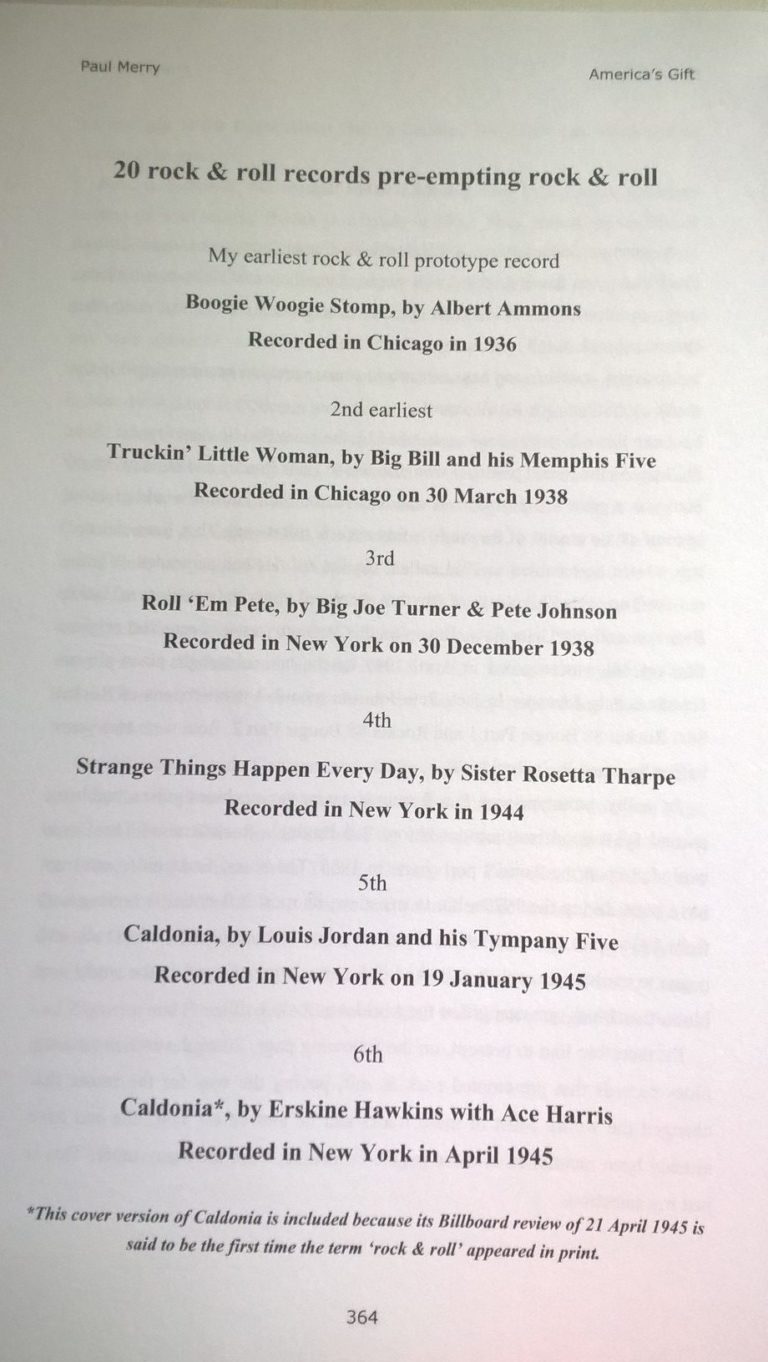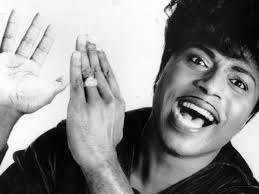Blues – America’s greatest gift to the world?
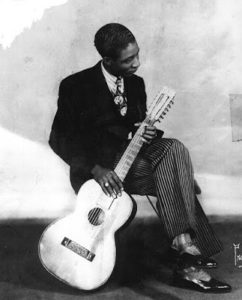
I’ve just made a short film using a superb 1928 guitar duet as the soundtrack. It’s by Lonnie Johnson and jazz guitar pioneer Eddie Lang, who died prematurely five years later aged just 31.
There’s more about Eddie in my book America’s Gift.
Eddie Lang is playing rhythm guitar and the wonderful single string soloing over the top is Lonnie Johnson. Their pairing, I believe, was a seminal moment in American recording history, being the first time black and white musicians were recorded playing together.

Not that hardly anyone knew this at the time, because Italian-American Eddie was recording under the black-sounding moniker, Blind Willie Dunn. In Europe, where racial segregation wasn’t an issue, he was credited as Eddie Lang.
I chose to put a Lonnie Johnson track in the film because America’s Gift devotes an entire chapter to him, such was his contribution to blues’ development in my view. Lonnie may not have been the FIRST blues guitarist recorded playing improvised solos, note-by-note, on single strings, as is often claimed, but I do think of him as blues’ most influential guitarist and vocalist.
Way back in 1927, Johnson pre-empted the modern guitar blues and rock solo on the then unreleased track, ‘6/88 Glide’, which you can hear below.
An even earlier Lonnie Johnson track from 1926, ‘To Do This You Gotta Know How’, also features Lonnie playing and sustaining single notes.
All through the roaring 1920s, Lonnie Johnson and Eddie Lang were considered by the U.S. music industry to be the most influential guitarists of the era. Lonnie was also the decade’s best-selling blues recording artist, after Blind Lemon Jefferson. One reason Lonnie surpassed Blind Lemon in influence may be that Jefferson died early, aged 36, while Johnson lived to 71. Lonnie Johnson, then, had more time on earth to exert his influence. Just a thought.
Lonnie Johnson’s revolutionary singing and playing styles (and not just his earlier records) served as phrasing and soloing templates used by everyone from Delta bluesmen to urban Chicago blues guitarists, paving the way for today’s modern blues style.
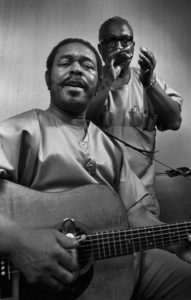
Today’s blues icon, Robert Johnson, worshipped Lonnie so much at the time, said bluesman Johnny Shines, he said was related to Lonnie Johnson (even though he wasn’t). Bob Dylan, once wrote that some of Robert Johnson’s songs were new versions of Lonnie Johnson’s songs.
Another blues great, Brownie McGhee, once said Lonnie Johnson’s “musical works may and should be the first book of the blues bible.”
Lonnie Johnson influenced both the city and the South.
After the 1930s depression, wrote author James Sallis in his 1982 book, The Guitar Players, “Lonnie’s Johnson’s influence continued not only in the cities but also (and perhaps particularly) in the South, where the next generation of bluesmen avidly studied his distinctive guitar style, restrained vocals and the subtle interplay of the two.
Just listen to Lonnie’s innovative blues guitar from this 1927 track, Dope head Blues, backing diva Victoria Spivey. That’s not her below, incidentally. It’s Barbara Stanwyk. Now, who remembers Barbara?
“Lowell Fulson credits Johnson as a prominent influence in the development of his own style; T-Bone Walker stated that Lonnie and Scrapper Blackwell were far and away his favourite guitarists.
And B. B. King says, ‘There’s only been a few guys that if I could play just like them I would. T-Bone Walker was one, Lonnie Johnson was another.”
In the 1930s, Johnson spent five years with Bluebird and Lester Melrose in Chicago, recording 34 blues tracks, including his race hits, ‘He’s A Jelly Roll Baker’, and ‘In Love Again’.
For an example of Lonnie’s tasteful early electric guitar blues, check out ‘She’s Only A Woman’ below, recorded in Chicago in 1939.
Even after five years laying down blues with Lester Melrose (See The White Guy Who Gave Us Chicago Blues – May archive) during WW2, Lonnie Johnson wasn’t finished.
He had already taught the blues to George Barnes, the 16-year white electric guitar prodigy, who featured on many of Lester Melrose’s iconic pre-war Chicago blues recordings in the late 30s.
As a measure of his versatility, Johnson had a number one hit in America as late as 1948, with his smooth crooning vocals and electric blues guitar fitting neatly into the West Coast Blues sound that would soon be called rhythm & blues. This was with ‘Tomorrow Night’, a track that spent six weeks atop the American race charts in 1948, and was later covered by Elvis Presley. More R&B hits followed. Lonnie, probably through financial necessity, was now playing a style of music far removed from his earlier blues and jazz.
Why is Lonnie Johnson not a blues icon?
You wonder if this sojourn into a softer, mellower style of rhythmic blues is one of the reasons Johnson is now so overlooked by the critics. As James Sallis wrote, “(Johnson’s) pop ballads, sentimentality and polish (professionalism) offended the seekers of ‘pure’ blues.”
Robert Johnson pretended he was related to Lonnie Johnson. Below is the film I’ve just made. Thought I’d better put it up before I forgot. Check out Lonnie’s pioneering single-string guitar playing in the soundtrack.
In 1952, Lonnie Johnson was back playing blues in England, where his career had started in 1917. Even then, his continuing influence hadn’t finished. At London’s Festival Hall, in a famous name mix-up, Tony Donegan, a young British singer-guitarist opening for Lonnie
Johnson, was introduced as Lonnie Donegan. Another version his it that Donegan was so impressed by Lonnie, he took the American’s name as his own. Whatever the truth, the name stuck and Lonnie Donegan always said he was honoured and proud to have it.
Donegan, in turn, influenced a host of British rock bands from the Beatles and Queen, to the musicians who took blues back to white America like the Stones, Yardbirds, Fleetwood Mac and Led Zeppelin.
In 1970, in poor health after being hit by an out-of-control car, Lonnie Johnson made a live appearance in Toronto with another blues legend Buddy Guy. It was his final show and he died soon afterwards, in Canada aged about 76.
Paul Garon, a founding editor of the American magazine, ‘Living Blues’, complained bitterly of Lonnie’s relative obscurity in his magazine’s 1970 obituary for the blues great. Garon blamed the blues researchers who, “involved themselves exclusively with pre-war rural singers and post-war urban ones”.
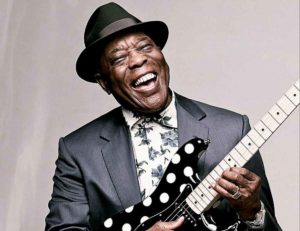
Johnson was obviously too sophisticated for the first category and too ahead of his time for the second. As Garon said, “Lonnie did not fit any convenient category; he never had.”
Lonnie’s influence as a guitar player wasn’t even obvious at the time, with Elijah Wald, writing in ‘Escaping the Delta’, that Johnson was best known in the 1920s and 1930s as a sophisticated and urbane singer, rather than a musician. “Of the forty ads for his records that appeared in the Chicago Defender between 1926 and 1931, not one even mentioned that he played guitar.”

